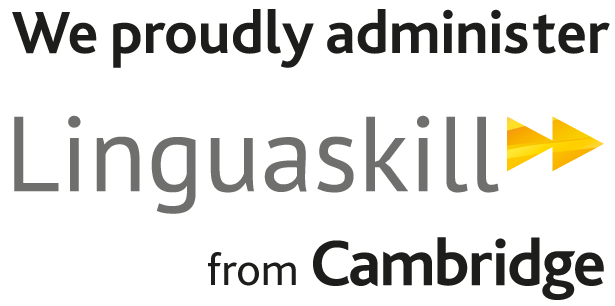VERB INFINITIVE
VERB INFINITIVE: meaning and examples
Today we will finish our brief look at VERB PATTERNS with this sequence:
VERB INFINITIVE
You may want to read a related Daily Vitamin about using TO INFINITIVE forms from March 8, 2006.
NOTE: In fact, one of the most challenging things about English grammar is knowing when the verb pattern is VERB INFINITIVE (today's Daily Vitamin) and when it is VERB -ING (yesterday's Daily Vitamin). There really is no rule, you just have to memorise them.
Today's verb pattern is: VERB INFINITIVE
Here are some common verbs that follow this pattern (this list is not definitive):
WANT --> to want to do something
WOULD LIKE TO --> would like to do something
AGREE --> to agree to do something
CHOOSE --> to choose to do something
DECIDE --> to decide to do something
EXPECT --> to expect to do something
HOPE --> to hope to do something
SEEM --> to seem to do something
These verbs can be used in the negative form by putting NOT before the infinitive verb: verb NOT infinitive.
Example Sentences:
-We want to rearrange the furniture in our living room to make it seem more spacious.
-Would you like to join me for lunch today?
-You agreed to take on that client! You can't change your mind now!
-They chose not to vote for the current mayor in the local elections.
-Why haven't you decided to sign up for the training course?
-I expect to receive a generous bonus next month because of all the sales I've made this quarter.
-I hope to get selected for the game show.
-Castle Rowntree seems to be an authentic fifteenth century fortification. Although it's in ruins, I'd like to stop and visit it.
I hope you've found this verb-pattern review useful. If you have any questions or comments, remember to leave a post by clicking on the "add a comment" button in the Daily Vitamin section on our web.
Enjoy your day!














